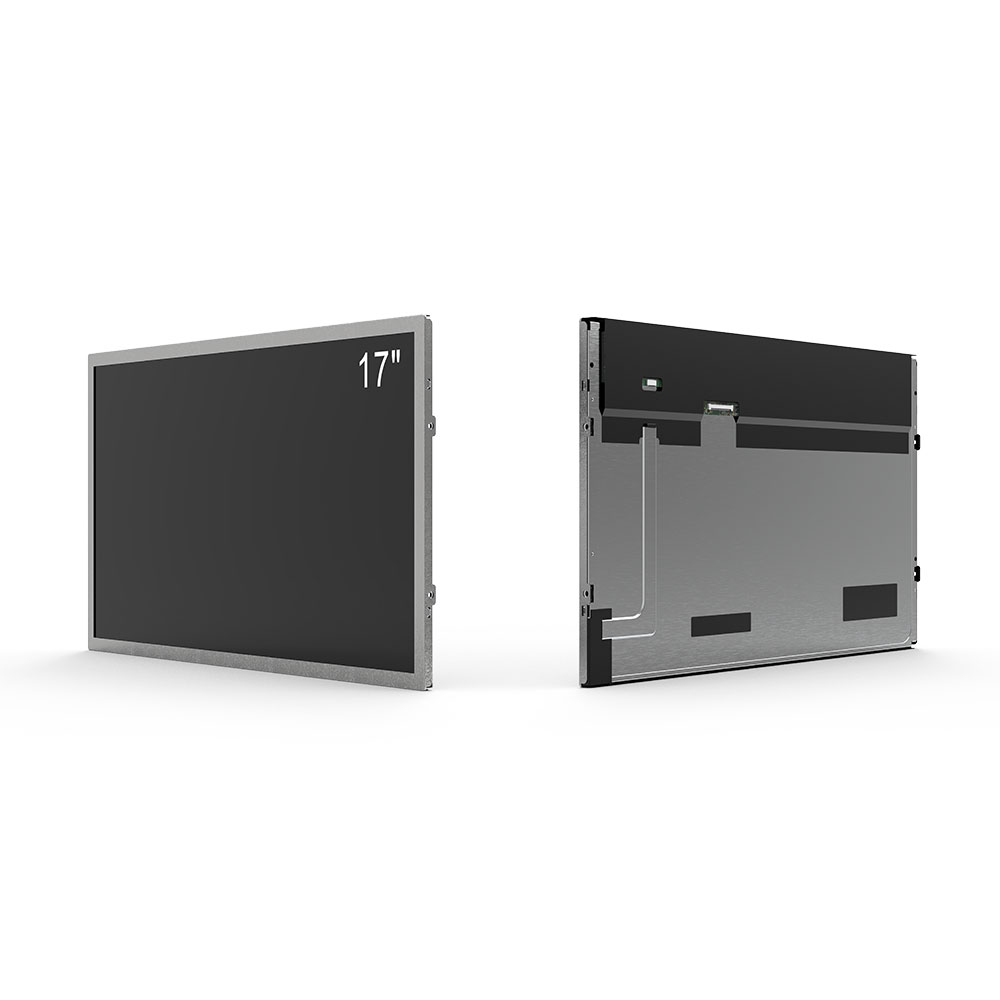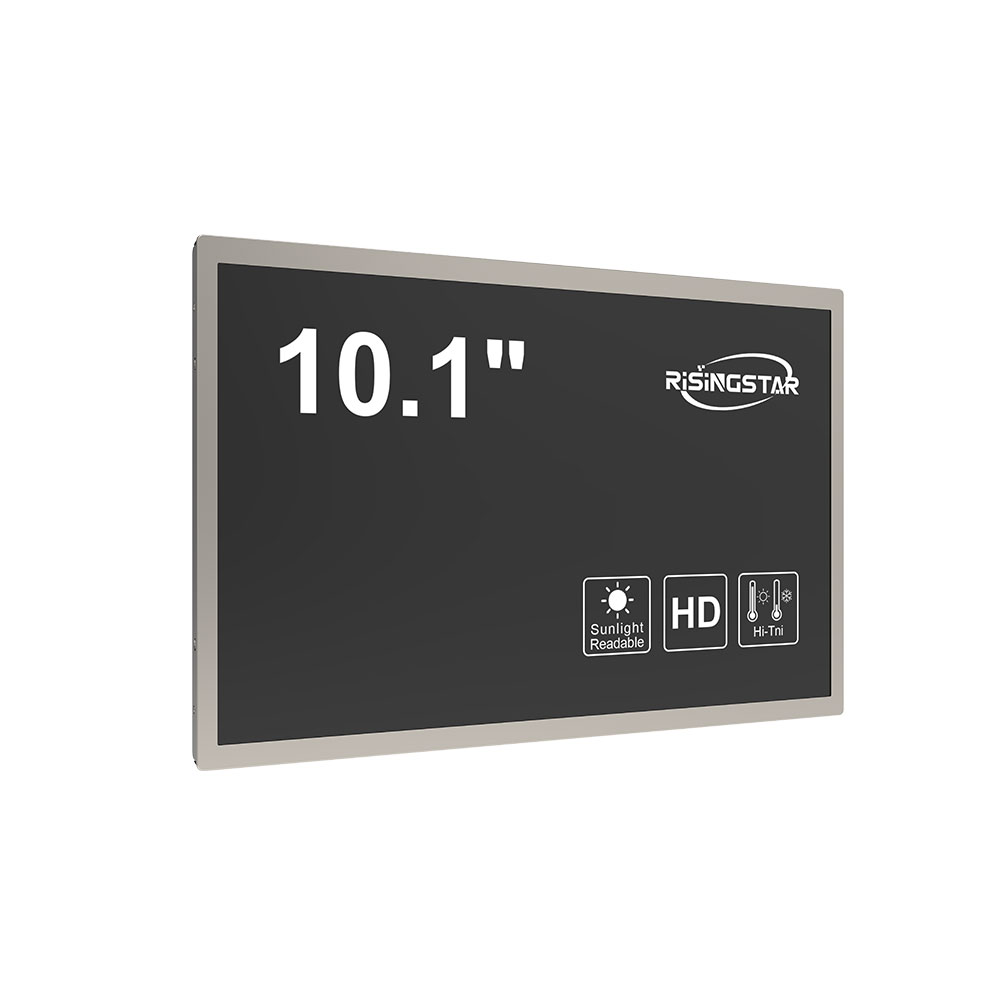- Home
- About Us
- Products
- News
- Video
- Contact
- Send Inquiry
Search
- Home
- About Us
- Products
- News
- Video
- Contact
- Send Inquiry

Outdoor LCD screens are essential in modern digital signage applications—from highway billboards and retail displays to public transportation systems and sports stadiums. Choosing the right outdoor LCD screen is not just about brightness; it involves understanding environmental challenges, display technology, and long-term reliability. This article provides a comprehensive guide based on industry standards (such as IEC 60068 and MIL-STD-810), real-world case studies, and years of field deployment experience.
Introduction

The performance of an outdoor LCD screen is heavily influenced by its ability to maintain visibility under direct sunlight, resist temperature extremes, and operate reliably over thousands of hours. Unlike indoor displays, outdoor units face exposure to UV radiation, humidity, dust, and vibration. A poorly chosen screen can lead to frequent maintenance, reduced ROI, and poor user engagement—especially in high-traffic commercial or industrial settings.
Main Body

First, prioritize brightness—typically measured in nits. For most outdoor environments, a minimum of 5,000 nits is recommended, though premium installations (e.g., stadiums or airport terminals) often exceed 7,000 nits. High-brightness IPS or LED-backlit panels from brands like LG, Samsung, and Sharp meet these standards while offering wide viewing angles.
Second, assess weather resistance using IP ratings (e.g., IP65 or higher). This ensures protection against water splashes and dust ingress—a critical factor for coastal or desert regions. In cold climates, look for screens with operational temperature ranges down to -20°C and up to 60°C, which aligns with ANSI/IEEE C63.4 standards for electronic equipment in harsh conditions.
Third, consider display durability. Ruggedized aluminum enclosures, tempered glass with anti-glare coatings, and sealed PCBs prevent corrosion and reduce failure rates. Case studies from cities like Singapore and Dubai show that outdoor screens using fanless cooling and redundant power supplies have achieved over 99% uptime over five years.
Finally, evaluate maintenance and support. Look for vendors offering remote diagnostics, firmware updates, and on-site service guarantees. Industry leaders like Daktronics and Barco provide lifecycle management tools that integrate with CMS platforms—reducing downtime and increasing operational efficiency.
Conclusion
Selecting the right outdoor LCD screen requires a balance of technical specs, environmental resilience, and total cost of ownership. By prioritizing brightness, weatherproofing, durability, and vendor support, organizations can deploy displays that perform reliably in any climate. Whether for advertising, information kiosks, or safety signage, investing in the correct outdoor LCD technology ensures long-term value and visual impact.